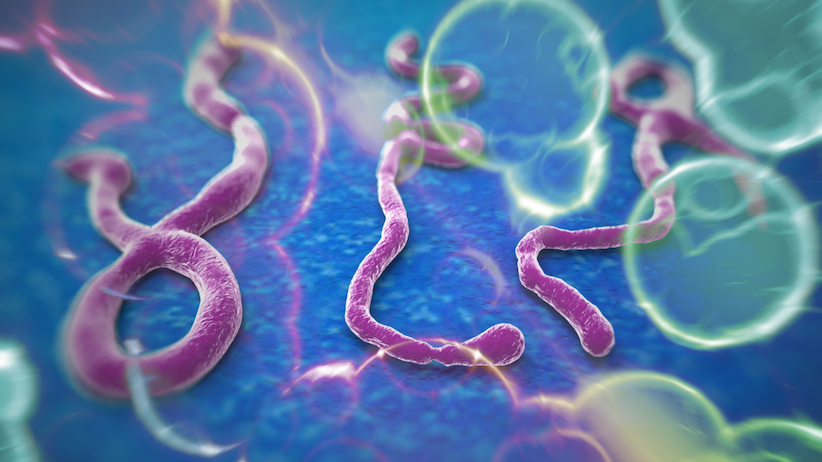Last Wednesday, the world awoke to the news that Erick Thomas Duncan, the first patient diagnosed with Ebola in the United States, had died of the disease. He had traveled from Liberia to Dallas, Texas, and developed symptoms of the disease four or five days after arriving in the states. This news—along with the information that a nurse had contracted the virus in Spain as a consequence of having been in contact with a patient diagnosed with the disease—has been seen as cause for alarm in the Western world.
What is Ebola?
The Ebola virus belongs to the family of filoviridae, which is capable of causing hemorrhagic fevers in a similar manner as does the dengue virus and other viruses.
Five different species of the Ebola virus have been identified, known under the names the Zaire, Sudan, Ivory Coast, Bundibugyo, and Reston agents. The virus was first recognized in 1976, and small outbreaks have been reported in different places with different mortality rates depending on the species of virus. The current outbreak in West Africa is being caused by the Ebola-Zaire species.
When did the current crisis begin?
An outbreak of Ebola was reported in Guinea late last year and confirmed by the World Health Organization this past March. This was the first outbreak in West Africa, though previous outbreaks of lesser magnitude had been reported in Central Africa. Unfortunately, the disease was not contained. In recent months it has expanded to Liberia, Sierra Leone, Nigeria, and Senegal.
To date more than 4,000 deaths have been reported and more than 8,000 cases suspected or confirmed. This current mortality rate is about 50 percent. In previous outbreaks, mortality has ranged from 30 percent to 90 percent.
How is Ebola transmitted?
Most of the current cases of the disease have occurred by transmission from person to person through contact with secretions from an infected patient—either blood, urine, feces, saliva, semen, or sweat. These secretions need to gain access to mucous membranes (conjunctiva, inside the lips and mouth or genitals) to cause infection.
Transmission may also occur when these secretions are exposed to skin that has lost its integrity (wounds, abrasions, and so on). To date there is no confirmation that the virus can be transmitted through the respiratory tract, as can the influenza virus. Some transmissions have occurred by accident in medical staff working with patients infected with the disease. Cases of the infection have also occurred through contact with affected animals.
Compared to previous outbreaks, the spread of Ebola has been rapid. Previous outbreaks occurred in isolated rural populations with a smaller number of people, unlike this outbreak that has spread in urban centers. Knowing that previous outbreaks were contained by implementing basic infection control measures allowed us to understand that the disease is potentially containable through measures already known to medical science.
What happens to the body during an Ebola infection?
Like any disease, once the causative agent enters the body, it is followed by an incubation period during which the patient may not show any symptoms. In the case of the Ebola virus, the asymptomatic period varies from 6 to 10 days, with a range from 2 to 21 days in extreme cases. To our knowledge, patients do not appear to be infectious during this asymptomatic period.
The disease can start with symptoms common to other viral illnesses: fever, chills, malaise, headache, lack of appetite, muscle aches, cough, sore throat. Some patients may develop an erythematous rash over the whole body, accompanied by symptoms such as nausea, vomiting, and diarrhea. Other symptoms may appear later in the disease, such as bleeding in the areas of venipuncture (area where the veins are punctured for blood sample or placement of an IV catheter).
These findings may be accompanied by a decrease in white blood cells (leukopenia), decreased platelets count (thrombocytopenia), elevated liver enzymes, abnormal coagulation tests, and injury to the lungs and kidney. Patients who survive the disease usually improve after the tenth day.
What are the reasons to be hopeful about the diseases containment?…Read More
Source and Original Content by Gospel Coalition
